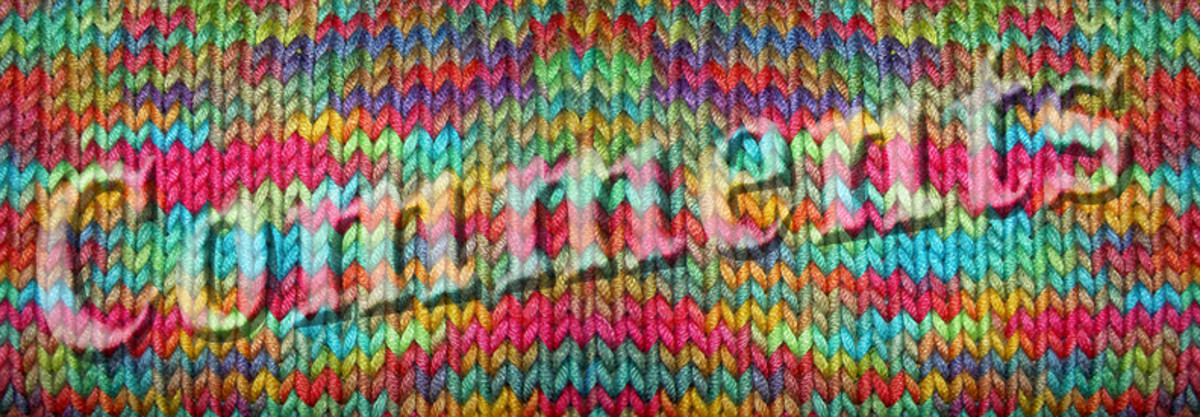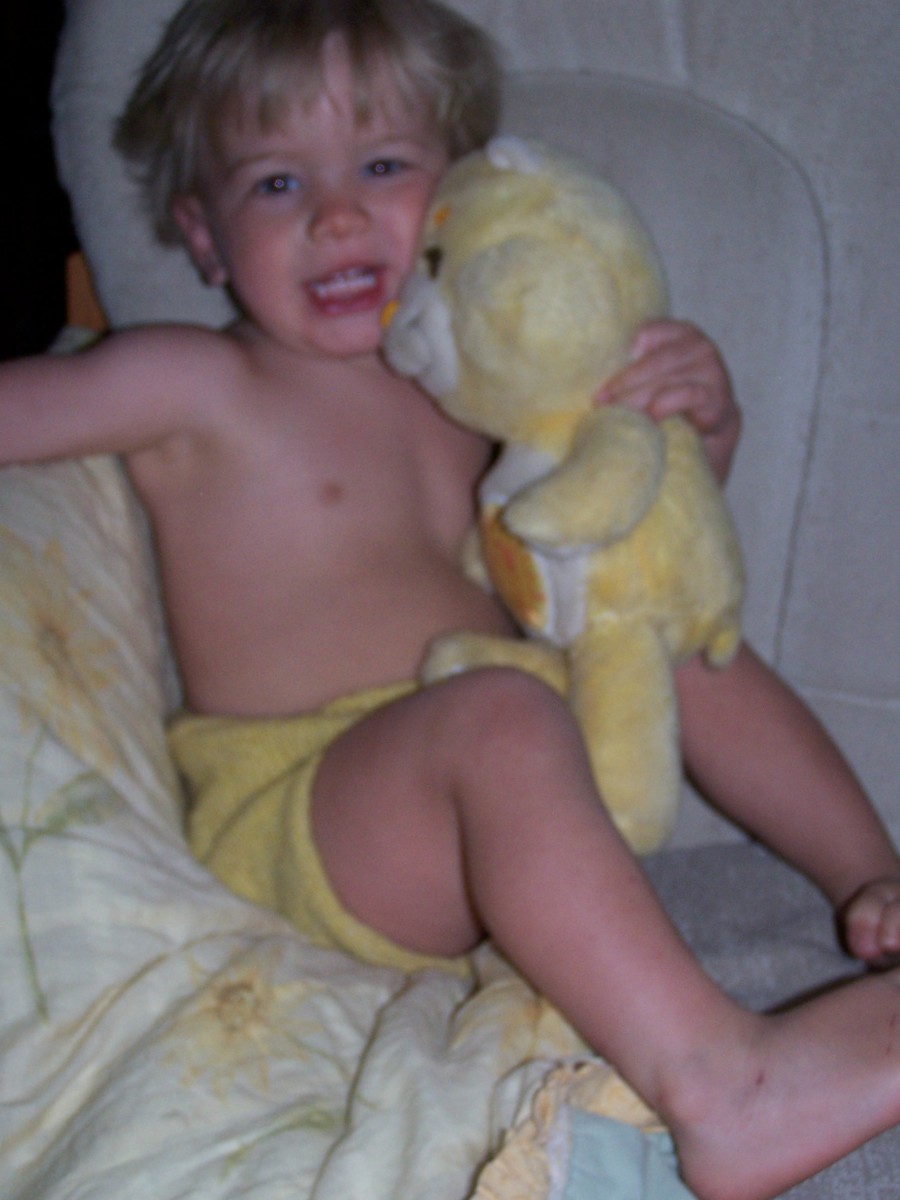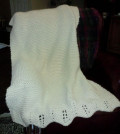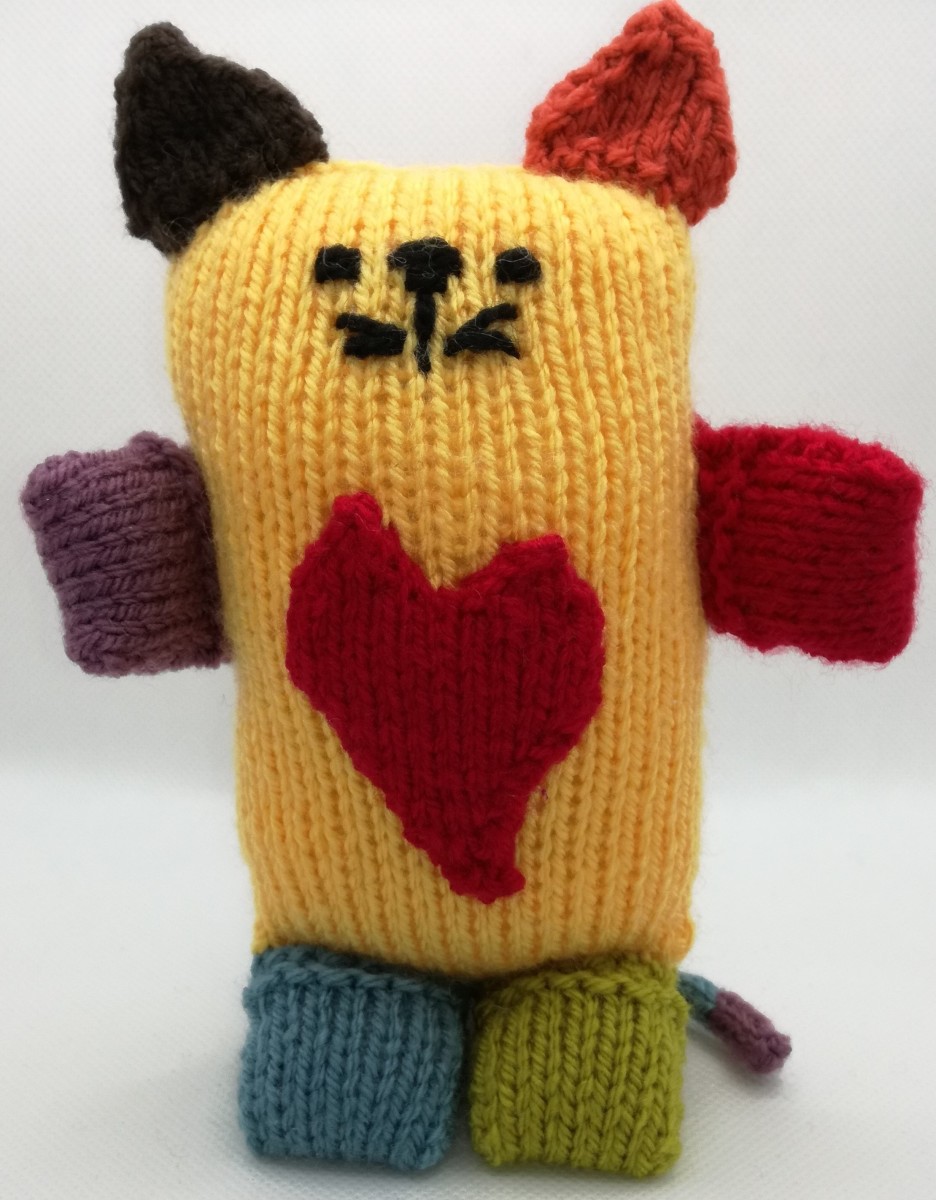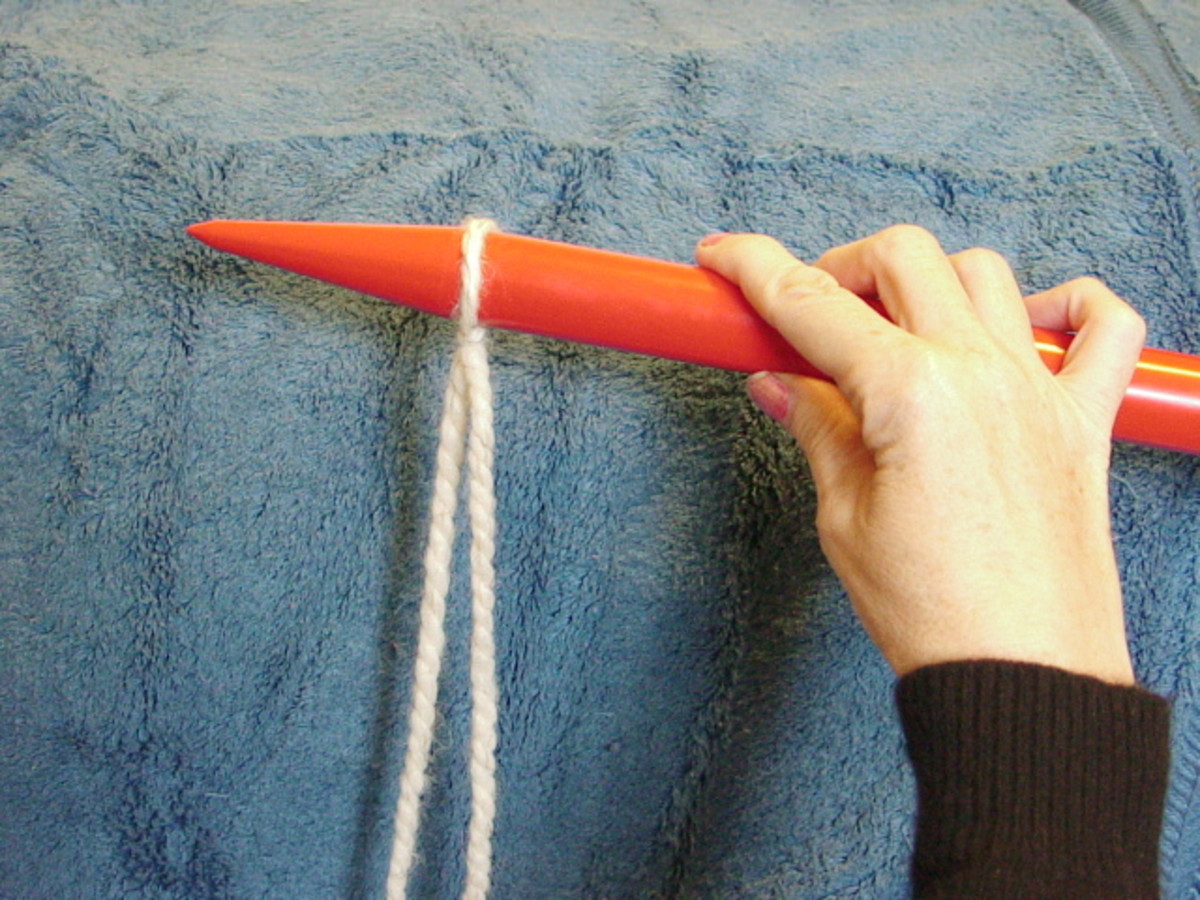- HubPages»
- Arts and Design»
- Crafts & Handiwork»
- Textiles»
- Knitting
Knitting Basics Explained
My Hands
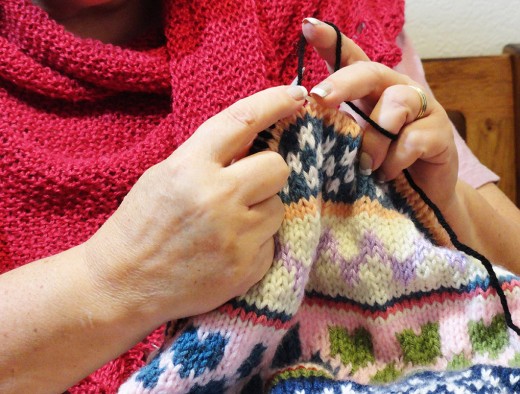
Enjoy Knitting!
It is my hope that you will fall in love with the art of knitting as much as I have. Travel with it. Knit when you are just watching TV or riding in a car. It is very relaxing and therapeutic. Many airlines will not allow scissors but will now allow knitting needles again. I find knit to be a great utilization of time that would otherwise be lost. And I am one of those multi-taskers that can’t stand wasted time. If you are like me, you will love learning to knit. So which is easier, knit or crochet? You will have to choose for yourself.
4th Century Egyptian Socks
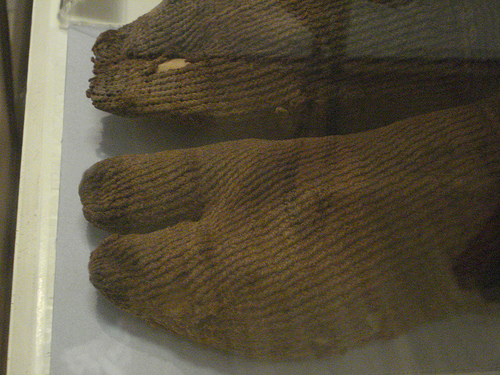
A Life-long Passion
People are always asking me which is easier; knit or crochet. It’s not that simple. I like them both. Knit has only two stitches to learn but you have two needles to manipulate so you are using both hands. Crochet has only one hook to manipulate but you have to learn 7 different stitches. However, I love the soft smooth way that knit feels against your skin when you are done, as opposed to the rough, stiff feel of crochet. Although, I find crochet perfect for lace and jackets that you want to have a slightly stiff feel. I love to wear knit. It hangs and fits nicely and is soft and warm.
The creation of knitted garments, it is believed, goes back to the Stone Age. Bone or wood could be easily made into needles. The yarn was abundant with the twisting of animal hair, especially sheep. Unfortunately, fiber arts do not pass the test of time well and there are no knitted garments found to support the theory that they date back that far. The earliest evidence found is a knitted sock found in an Egyptian tomb dating around 1500 BC. That’s an old sock!
Yarn Troubles
Did you knot how much trouble someone went through to make yarn so we could wear knitted socks?
Another Resource for Knitting
Annie's Attic has been a popular crafters and knitters magazine for decades. (My grandmother subscribed 50 years ago) Annie's Attic offers dozens of patterns and tips in each small magazine. There is also a website by that name with patterns and offers for the knitter.
Baby Sweater
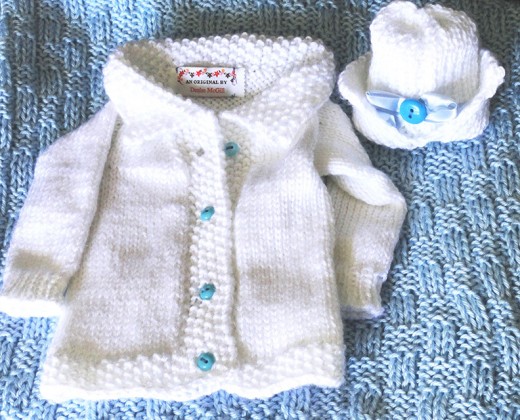
Ply
Most yarn is just fibers twisted together. The longer the fibers the stronger the yarn. However, even short fibers can be made strong by plying them together. The plying is done by taking at least two or more twisted threads and twisting them together in the opposite direction. This is called plying. Several threads plied together to make the yarn thicker and stronger.
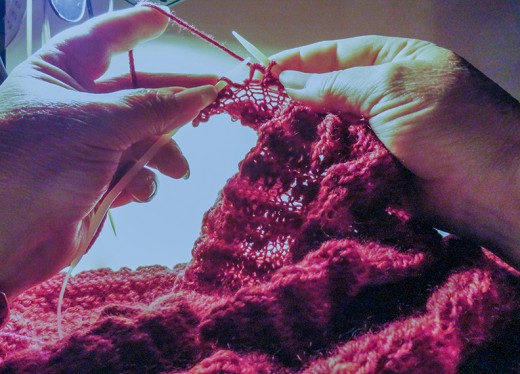
How to Measure Gauge
Loosen Up
I knit rather loosely and therefore all my gauge swatches turn out to be larger than the pattern calls for. Knowing this, I simply use smaller needles than the pattern calls for. If the pattern says to use size 10 needles, I will usually use 9 or even 8 to make the gauge match the pattern size. Conversely, my mother knits very tight. She has to use larger needles than the pattern calls for to get her gauge to match. I think it is fascinating how we are all unique in everything we do. This is what makes us human. This is what makes your project made by “hand.”
One lady wanted to make a ribbed hat for her son, whose head measured 22 inches. She wanted to know exactly how many stitches to cast on. The best way to do this is to make a gauge. She cast on 10 stitches and knitted for about 5 rows, then measured. It turned out that the 10 stitches measured 2.5 inches. Dividing 22 inches by the 2.5 gave us 8.8. We multiplied that by the 10 stitches and she knew to cast on 88 stitches. Because the hat is stretchy, she made it slightly smaller by only casting on 80 stitches. Using a little math, the hat fits the head of the boy perfectly.
The gauge is hard to determine for the beginner. You have to learn with practice to hold the yarn with the same tightness throughout the project. Beginners may find that parts of their first few projects are very tight and parts pucker because they loosened up slightly. This is to be expected until you achieve a uniform rhythm that you will probably keep the rest of your life.
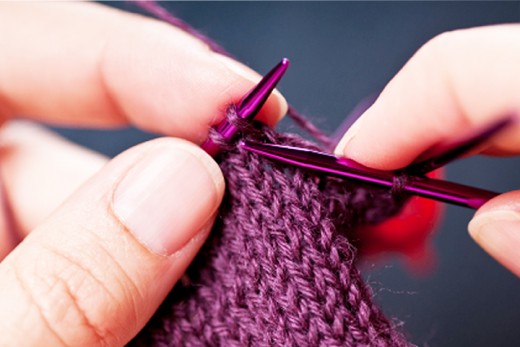
Help for Tight Knitters
Tight vs. Loose
Typically, beginners start by holding the yarn very tight, too tight even, and as they gain experience and confidence, they loosen up. Though you wanted a square piece, you may end up with a rhombus. Keep practicing. You will eventually get the right tension with the yarn.
My daughter wanted to knit a baby blanket during her pregnancy. Unfortunately, she had some complications with the pregnancy and began to knit tighter in the doctor’s waiting room on several occasions. Her blanket began looking like an hourglass shape. There was nothing she could do to fix it except rip it out and start over. You may find your emotional state will show in your work also. But I find knitting to be a relaxing and therapeutic way to take your mind off your troubles.
Fingering
Fingering
The holding of the yarn and the needles are crucial to being able to knit easily and quickly. At first, it may seem awkward and foreign to you but you will be able to master this with a little practice. Many people are able to knit in the dark or while watching something like TV. It only takes practice until it becomes second nature, rather like typing on a keyboard.
Continental
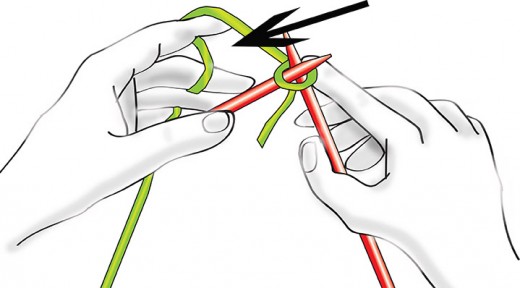
Continental Fingering
This is the fastest knitting method once it is mastered. If you have not already formed the habit of holding the yarn in the right hand, try this method. Once it is second nature, it becomes the fastest and smoothest of knitting methods. You can pick up speed and knit garments in no time.
The yarn is held in the left hand, intertwined between your fingers to keep the tension tight and looped over the index finger for control. Some people add an extra loop around the little pinky finger for extra tension but I don’t find that is necessary. My last three fingers hold the yarn tight enough without an extra loop. The last three fingers are also holding the project and left needle.
American
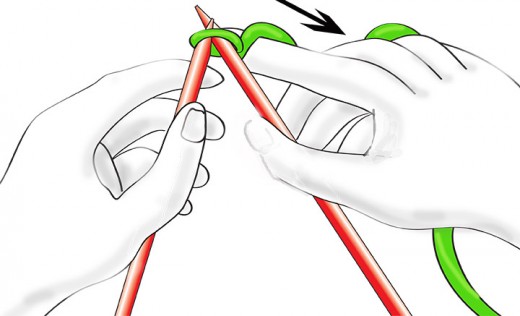
American Fingering
With the yarn held in the right hand, you must stop between each stitch in order to let go of the right needle and draw the yarn over the end of the needle’s point. This is time-consuming and requires you to keep your eye on the project. You must pause between stitches. For beginners, this offers some control, but you will never be able to pick up real speed with this method.
Both methods are acceptable and both can be mastered with ease. The question is, which is best for you. Do you need the extra control of the American Fingering or would you like to develop the speed of the Continental Fingering? I prefer the Continental method because I can knit fast and smooth with little time spent looking at what I am doing.
With both methods, the needles must be held one in each hand. Usually, the forefinger (either right or left) guides the yarn and holds the loops on the needle. The thumb and the last three fingers keep the project from sliding off the needles too soon while still keeping the loops near the points. This takes a certain amount of dexterity but will become second nature very quickly.
